London's ICA celebrates its first permanent digs at what is now Dover Street Market
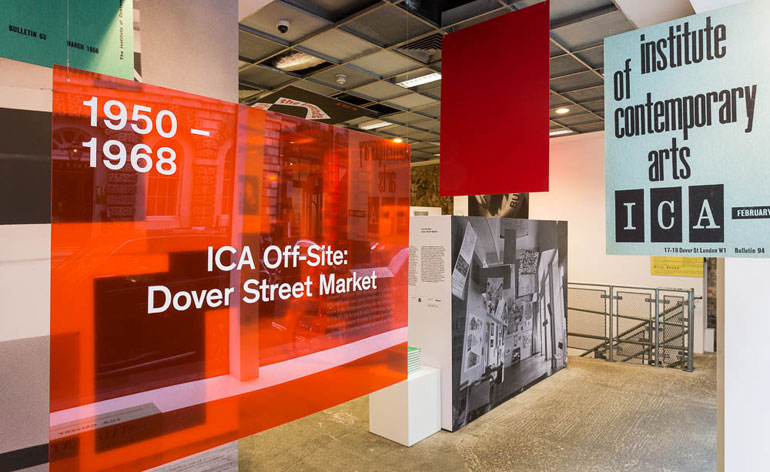
London's Institute of Contemporary Arts was founded in London in 1946 as an exhibition space and talking shop, a radical and initially itinerant counter-point to the Royal Academy. It moved into its first permanent home on the first floor of 17-18 Dover Street - what is now Comme des Garçon's fashion emporium Dover Street Market and had once been the home of Horatio Nelson - in 1950, until it transferred to its current site on The Mall in 1968.
This month, the institution prepares for a multi-celebration, with a series of events and exhibitions that pay tribute to its history and the people who were part of it. The catalyst for this is a book, unveiled this week, that looks back at the ICA's first two decades (and a bit). 'Institute of Contemporary Arts: 1946 - 1968' is a retrospective gathering of images, original documents and anecdotes by art historian Anne Massey and the ICA executive director Gregor Muir.
Exploring the history of the institution also inspired an exhibition in its original Mayfair HQ. London-based design studio (and Wallpaper* collaborator) Julia was enlisted to stage a friendly take-over of the building, working with the archive material from the ICA's Dover Street stint to develop a visual history that twists through the store's six floors. Posters, notes and artwork are scattered around the store's displays, and the staircase features a typographic timeline of the exhibitions and events through the years in the building.
The book and exhibition narrate an exciting time in the institution's history: the modernist architect Jane Drew, with a little help from Eduardo Paolozzi and his student Terence Conran, designed the member's room and it became the maternity suite of Op Art, Pop Art, the Independent Group and Brutalist architecture, among other things. Artists, architects and writers met in the space, which also hosted the first London exhibition of Jackson Pollock and the first institutional solo show of Francis Bacon's work.
A key character resurfacing from the ICA's history is British artist Richard Hamilton, an important figure in the early days of establishment and on the British artistic panorama. Hamilton was a driving force for the book's creation, having been involved with the ICA in an all-encompassing manner since 1950 - his contributions ranged from setting up exhibitions to curating shows - and his relationship with the ICA and its members was key to his artistic career.
A young Richard Hamilton worked on the very first installation at Dover Street and two of his later Dover Street installations, 'Man, Machine and Motion' (1955) and 'An Exhibit' (1957) are now being shown at the ICA to neatly coincide with the major retrospective that the Tate Modern (which is also home to the ICA's Richard Hamilton archives) is dedicating to his work.
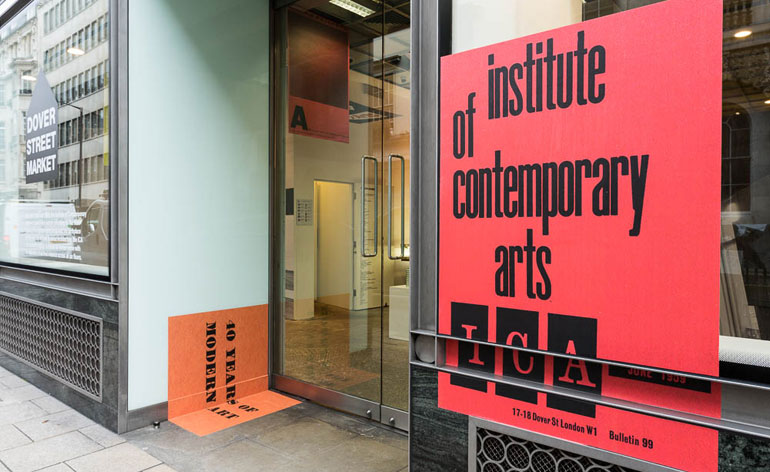
The entrance to Dover Street Market has been pasted with a private view card for the 1948 '40 years of modern art' show and a cover from the ICA's Bulletin No. 99, June 1959
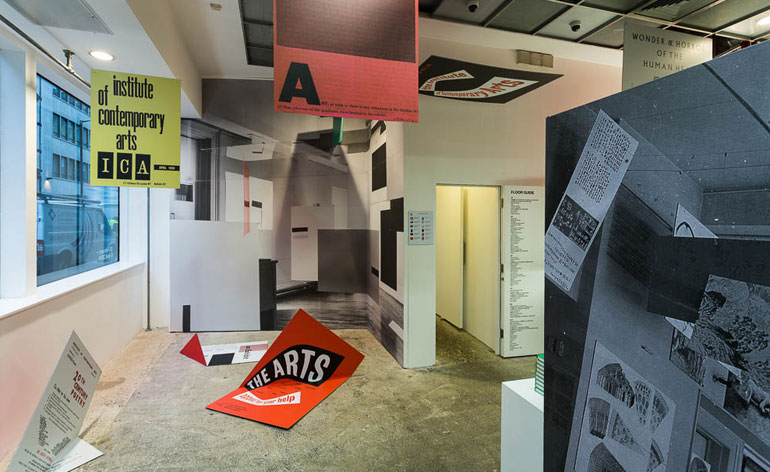
Julia and the ICA have developed a visual history that twists through the store's six floors. On the floor of the main entrance is the cover of an early ICA membership brochure, fronted by the words 'the arts appeal for your help', with typography by Anthony Froshaug

Left: a black and white photograph of the controversial exhibition 'Parallel of Life and Art', held at the Dover Street gallery in 1953. Right: an image from Richard Hamilton's 'An Exhibit' installation from 1957 lines the walls. The Perspex panel in the foreground mimics the layering in the installation
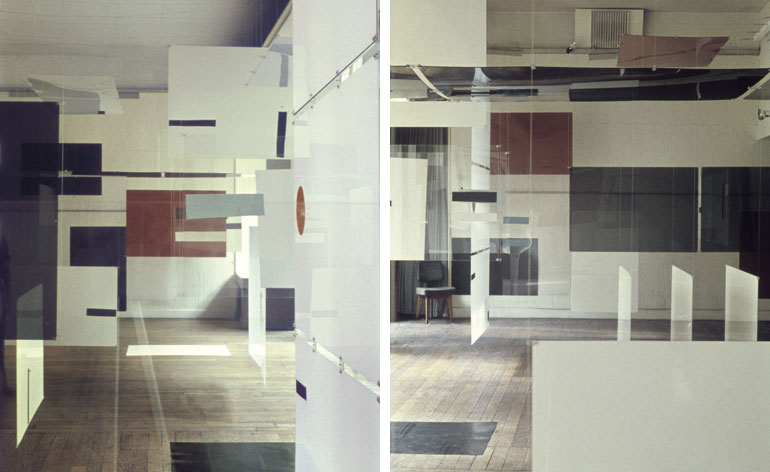
Archive images of the 'An Exhibit' installation (produced in association with Victor Pasmore and Lawrence Alloway).
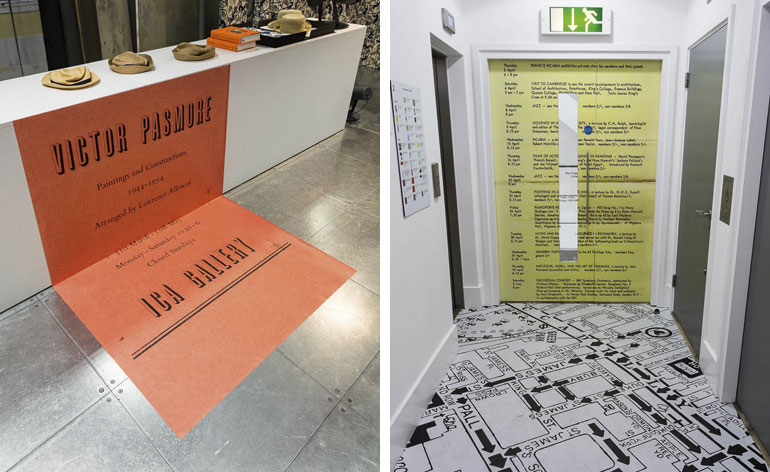
Left: an artfully placed poster for a Victor Pasmore show. Right: even doors and floors at Dover Street Market have been given the ICA-treatment. Here, they are lined with pages from the ICA Bulletin, 175 - the map on the floor indicating the move from Dover Street to The Mall

Private view cards from the 1940s and 60s, as well as exhibition posters are incorporated into the shelving system
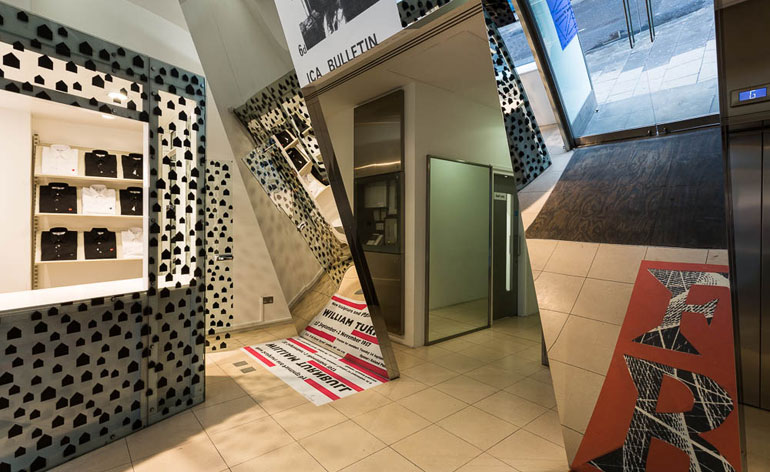
Visuals for William Turnbull and Francis Bacon shows

In the foreground is a detail of the front cover from the ICA bulletin, No. 161, August/September 1966. Behind this is the private view card for the Man Ray retrospective in 1959
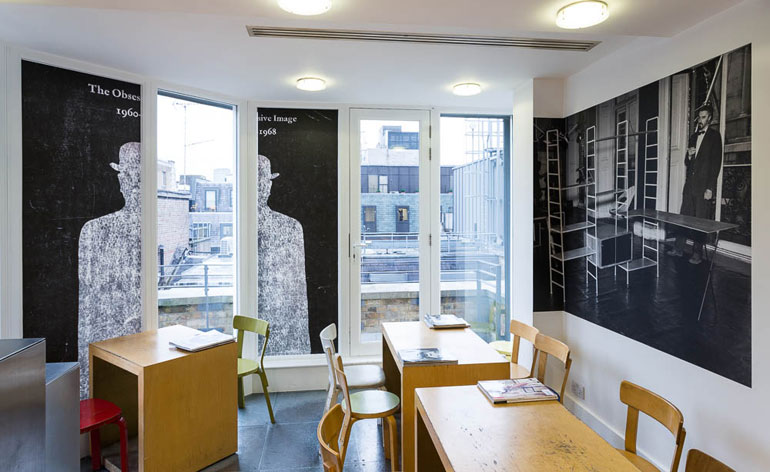
Left: the cover of the catalogue for 'The Obsessive Image 1960-1968' show at Carlton House Terrace in 1968. Right: an installation photograph from the 1952 exhibition 'Tomorrow's Furniture'

A typographic timeline of ICA exhibitions lines the stairwell
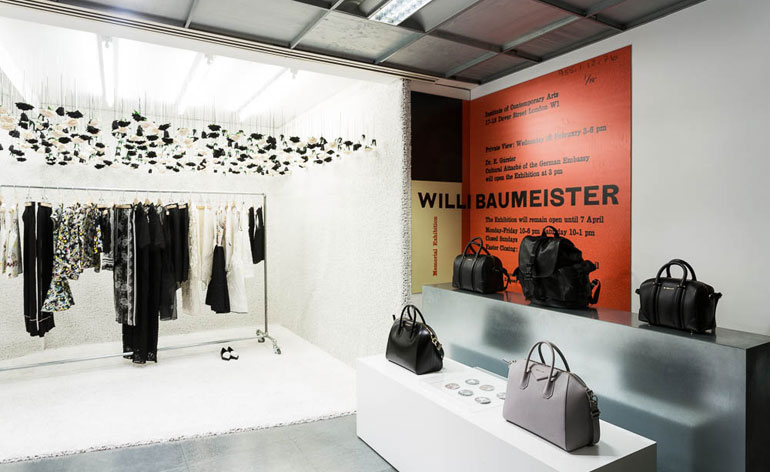
The private view card for the 1956 Willi Baumeister Memorial exhibition

On the screen is an installation photograph from the 'Forty Years of Modern Art: 1907-1947' exhibition
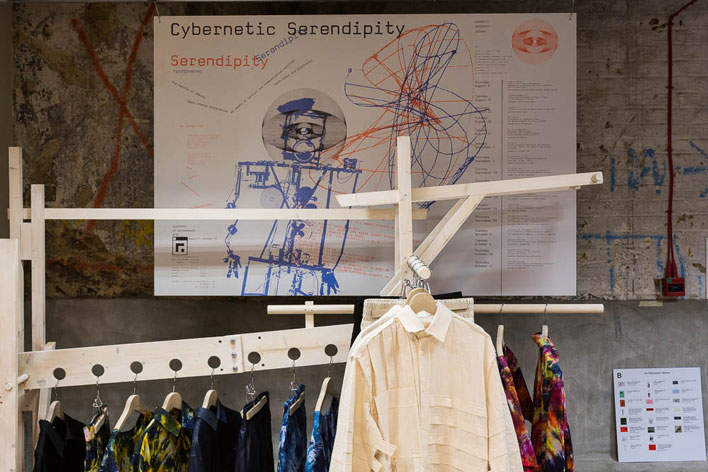
A spread from the catalogue for the 1968 show 'Cybernetic serendipity: The computer and the Arts'
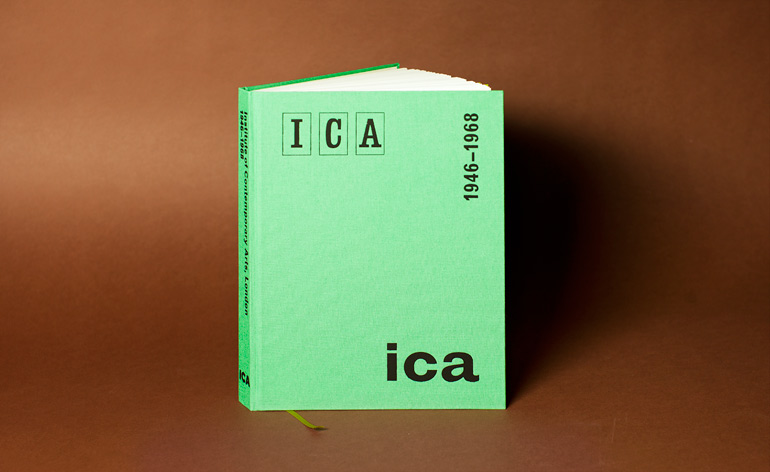
The Dover Street Market take-over coincides with the launch of a new book, Institute of Contemporary Arts: 1946 - 1968, which is also a retrospective gathering of images, original documents and anecdotes by art historian Anne Massey and the ICA executive director Gregor Muir
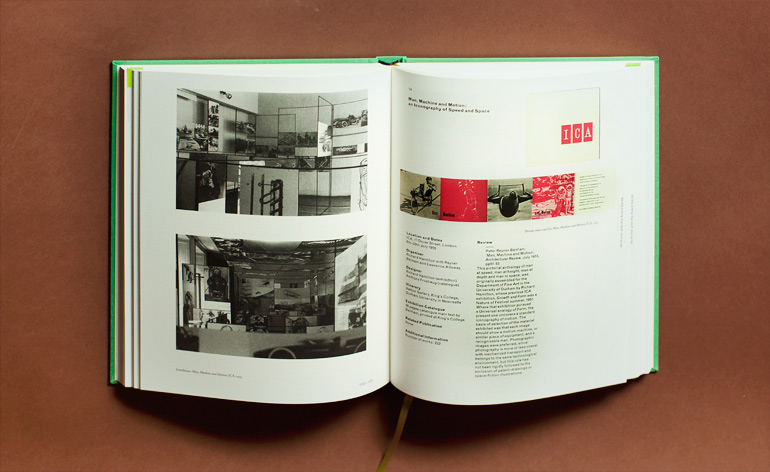
A spread from the book, featuring Richard Hamilton's 1955 show, 'Man, Machine and Motion
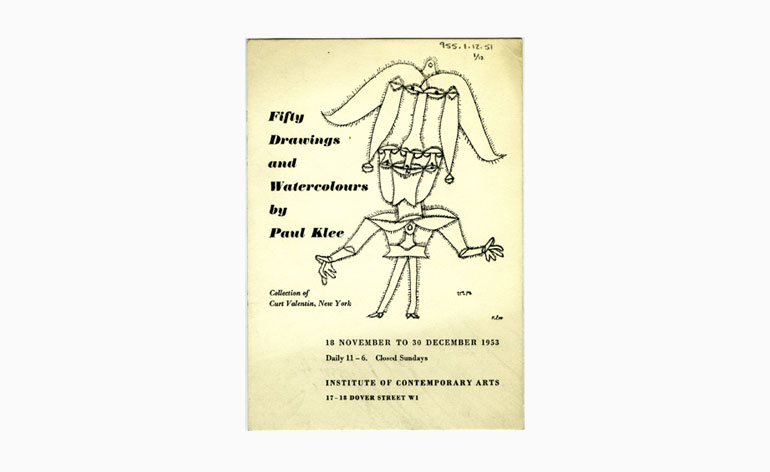
Featured in the book: The private view card for 'Fifty Drawings and Watercolours by Paul Klee' in 1953. © Tate, London 2013
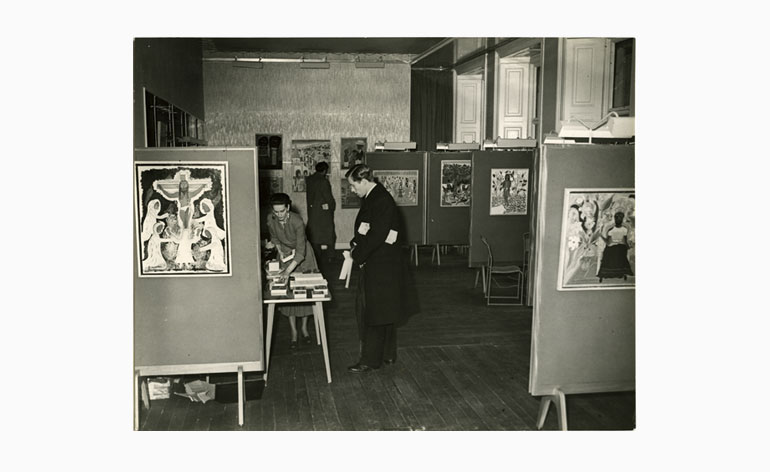
Also in the book is this installation photograph of the 1951 'Paintings from Haiti' exhibition. © Tate, London 2013
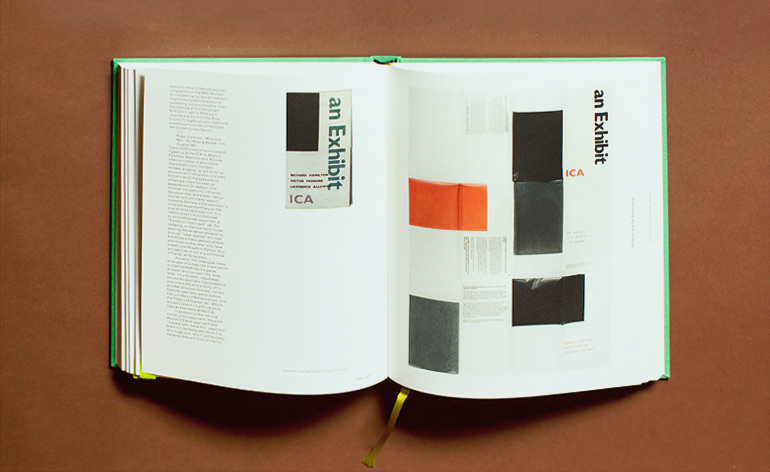
A spread showing the An Exhibit catalogue
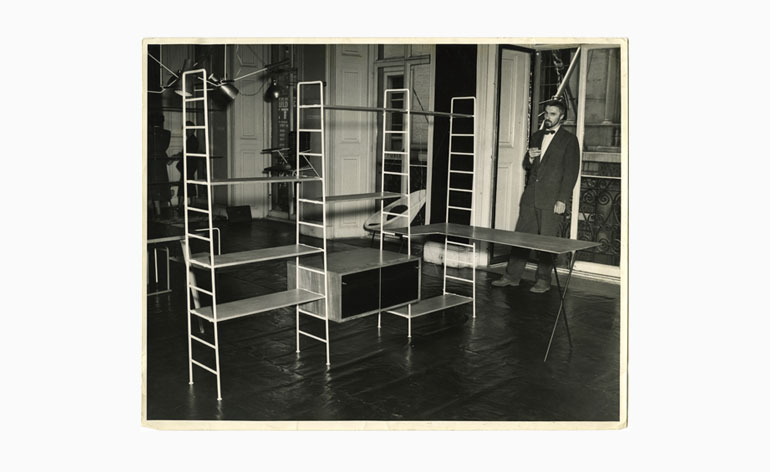
Installation view of 'Tomorrow's Furniture' in 1952.

Private view card for 'Picasso Drawings and Watercolours - an exhibition in honour of the artists' at the ICA in the same year.
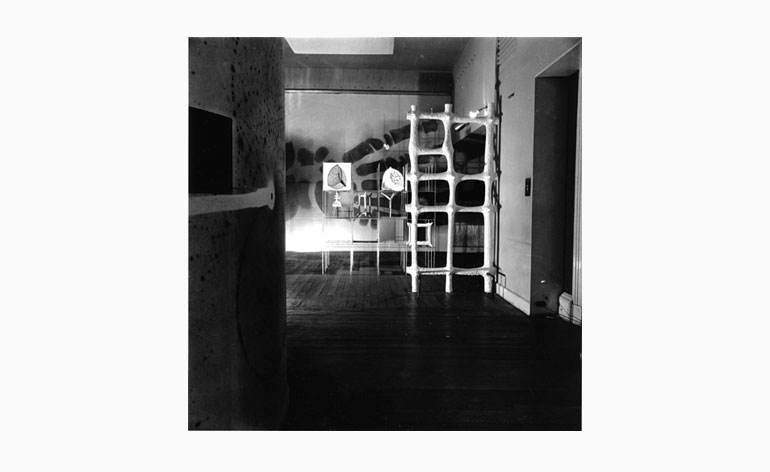
Installation view of the 1951 Growth & Form exhibition, featuring the work of Nigel Henderson.
Receive our daily digest of inspiration, escapism and design stories from around the world direct to your inbox.
Rosa Bertoli was born in Udine, Italy, and now lives in London. Since 2014, she has been the Design Editor of Wallpaper*, where she oversees design content for the print and online editions, as well as special editorial projects. Through her role at Wallpaper*, she has written extensively about all areas of design. Rosa has been speaker and moderator for various design talks and conferences including London Craft Week, Maison & Objet, The Italian Cultural Institute (London), Clippings, Zaha Hadid Design, Kartell and Frieze Art Fair. Rosa has been on judging panels for the Chart Architecture Award, the Dutch Design Awards and the DesignGuild Marks. She has written for numerous English and Italian language publications, and worked as a content and communication consultant for fashion and design brands.
-
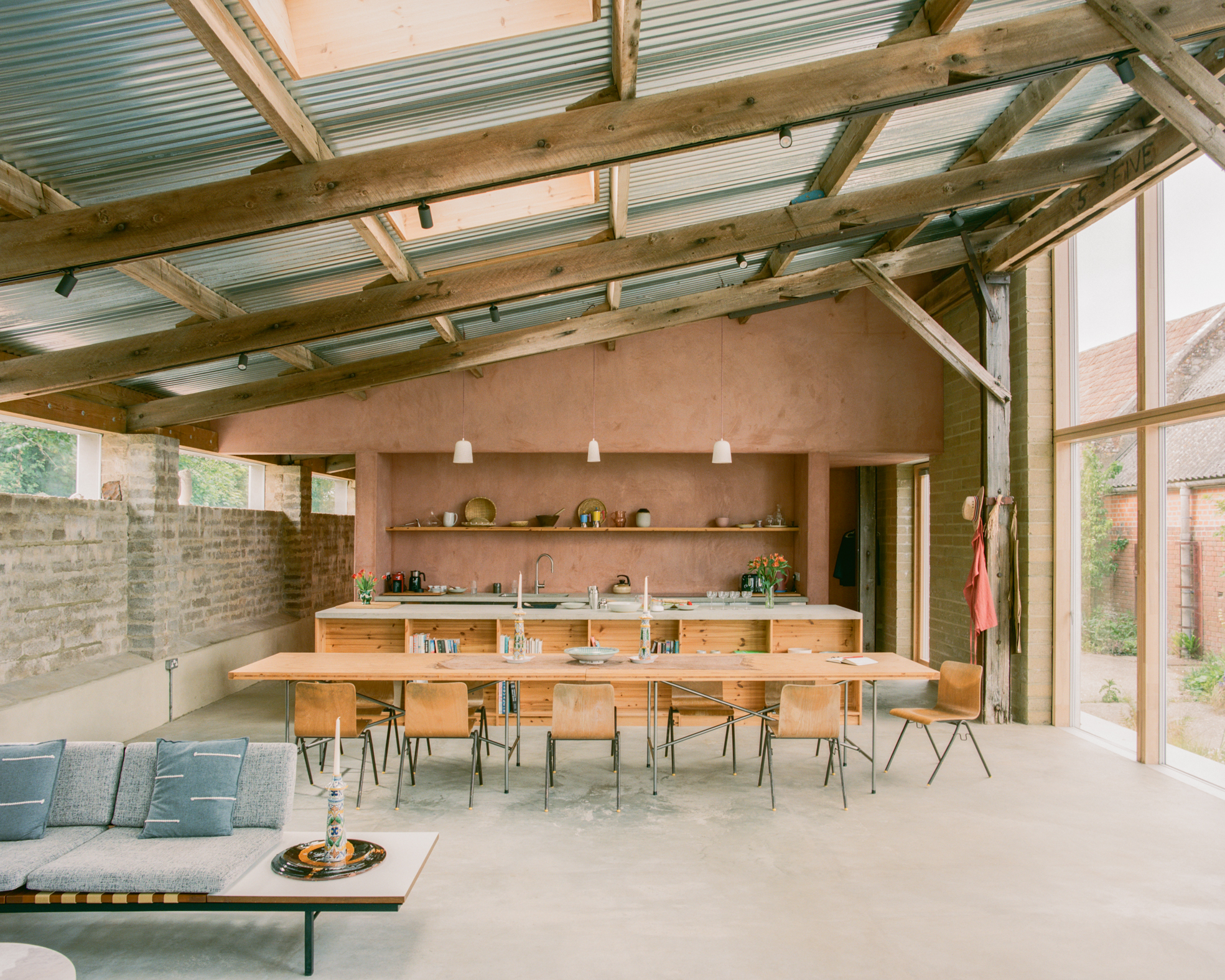 Wallpaper* Architect Of The Year 2026: Je Ahn of Studio Weave on a building that made him smile
Wallpaper* Architect Of The Year 2026: Je Ahn of Studio Weave on a building that made him smileWe ask our three Architects of the Year at the 2026 Wallpaper* Design Awards about a building that made them smile. Here, Je Ahn of Studio Weave discusses Can Lis in Mallorca
-
 John Costi interrogates his fractured psyche with new Somerset House show ‘Bapou’s Bubbles’
John Costi interrogates his fractured psyche with new Somerset House show ‘Bapou’s Bubbles’The artist discovered his creativity while imprisoned for armed robbery. Now, he’s hosting a surreal performance piece that speaks to the healing power of art
-
 Europe’s auto industry regroups at the Brussels Motor Show: what’s new and notable for 2026
Europe’s auto industry regroups at the Brussels Motor Show: what’s new and notable for 20262026’s 102nd Brussels Motor Show played host to a number of new cars and concepts, catapulting this lesser-known expo into our sightlines
-
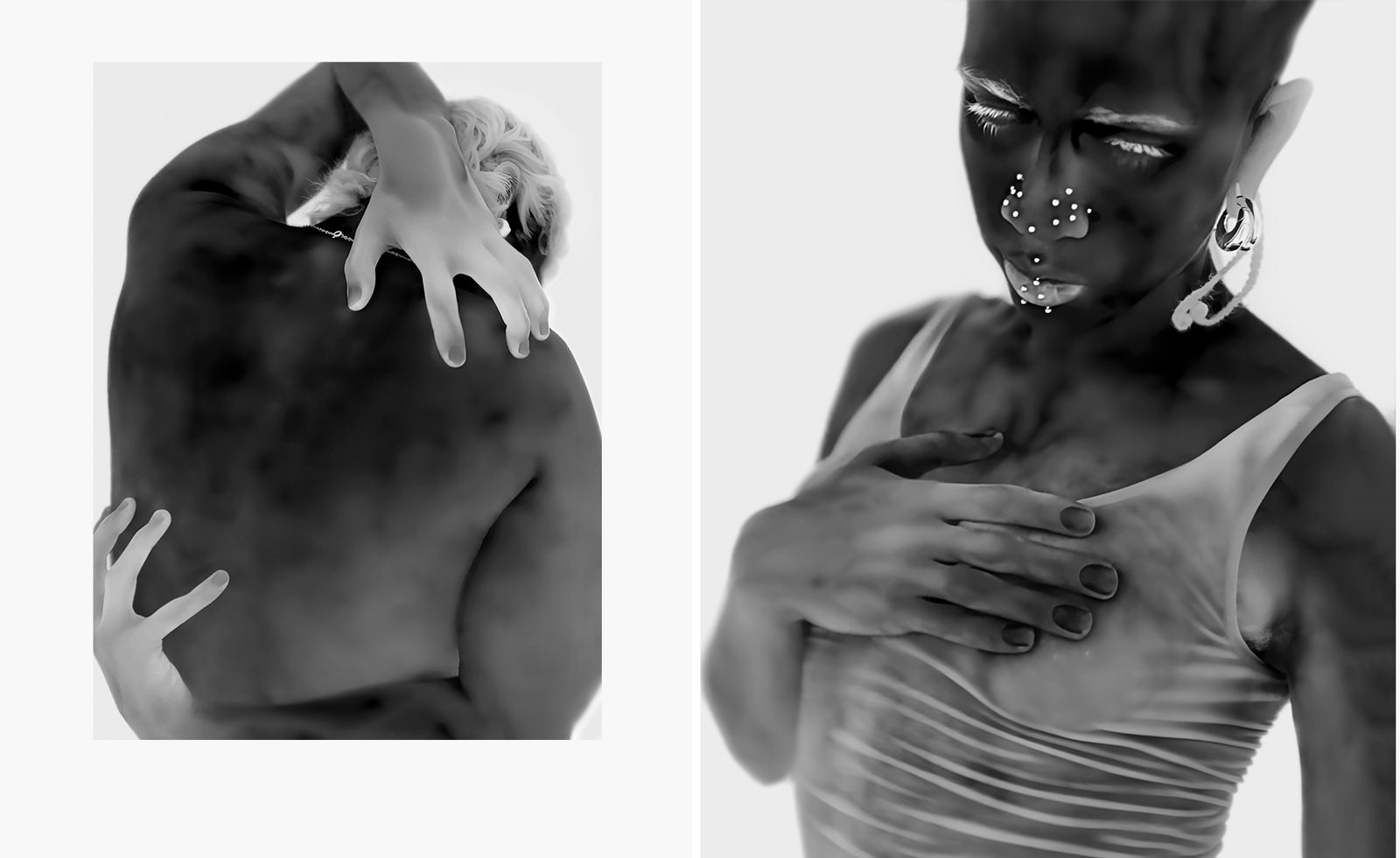 Yulia Mahr digs beneath the skin in her modern update of classic Greek statues in Paris
Yulia Mahr digs beneath the skin in her modern update of classic Greek statues in ParisIn 'The Church of Our Becoming', on view at the Courtyard at Dover Street Market Paris, Yulia Mahr celebrates real human bodies
-
 Inside our exclusive New York event with guest editor St. Vincent
Inside our exclusive New York event with guest editor St. VincentTo mark the launch of the October 2024 issue of Wallpaper* we threw a party at Dover Street Market – with a very special guest
-
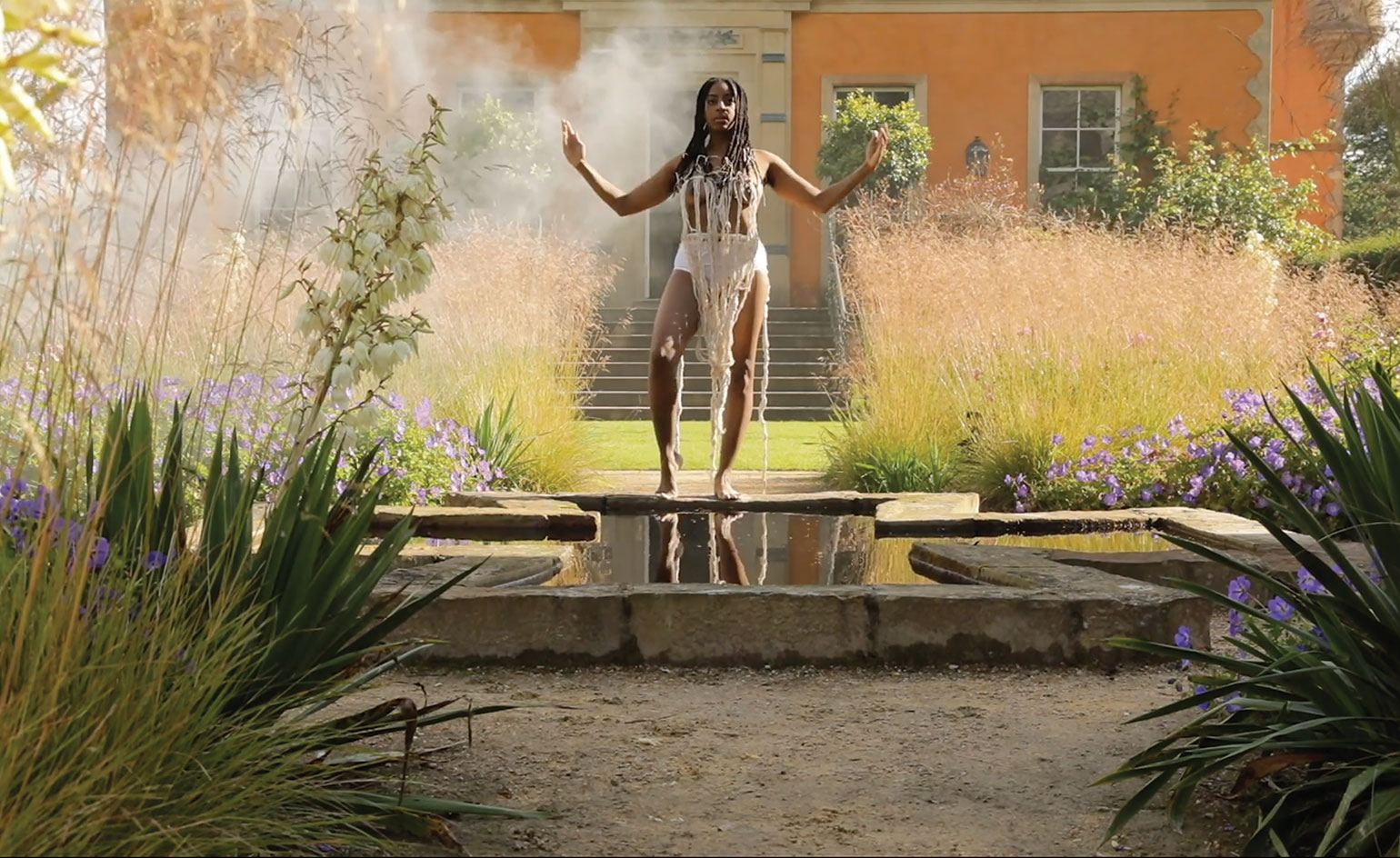 Frieze Week 2021: fashion brands get involved
Frieze Week 2021: fashion brands get involvedDuring Frieze Week 2021 in London, fashion brands, designers and luxury retailers including Matchesfashion, Dover Street Market London, Zilver, and Kim Jones are hosting events across the capital
-
 Soft touch: Flying Object brings its multi-sensory exhibition to the Tate
Soft touch: Flying Object brings its multi-sensory exhibition to the Tate -
 The late Richard Hamilton is feted across London in a trio of exhibitions
The late Richard Hamilton is feted across London in a trio of exhibitions